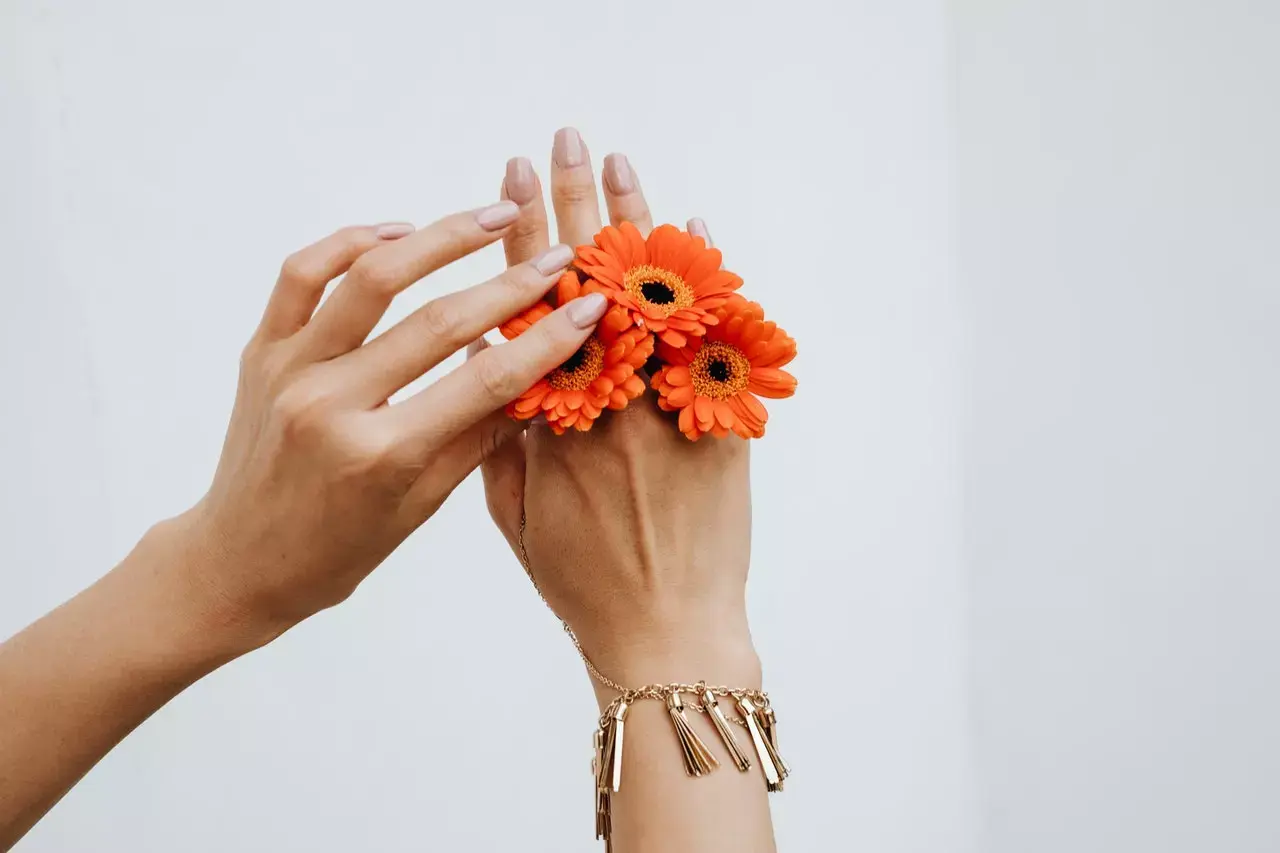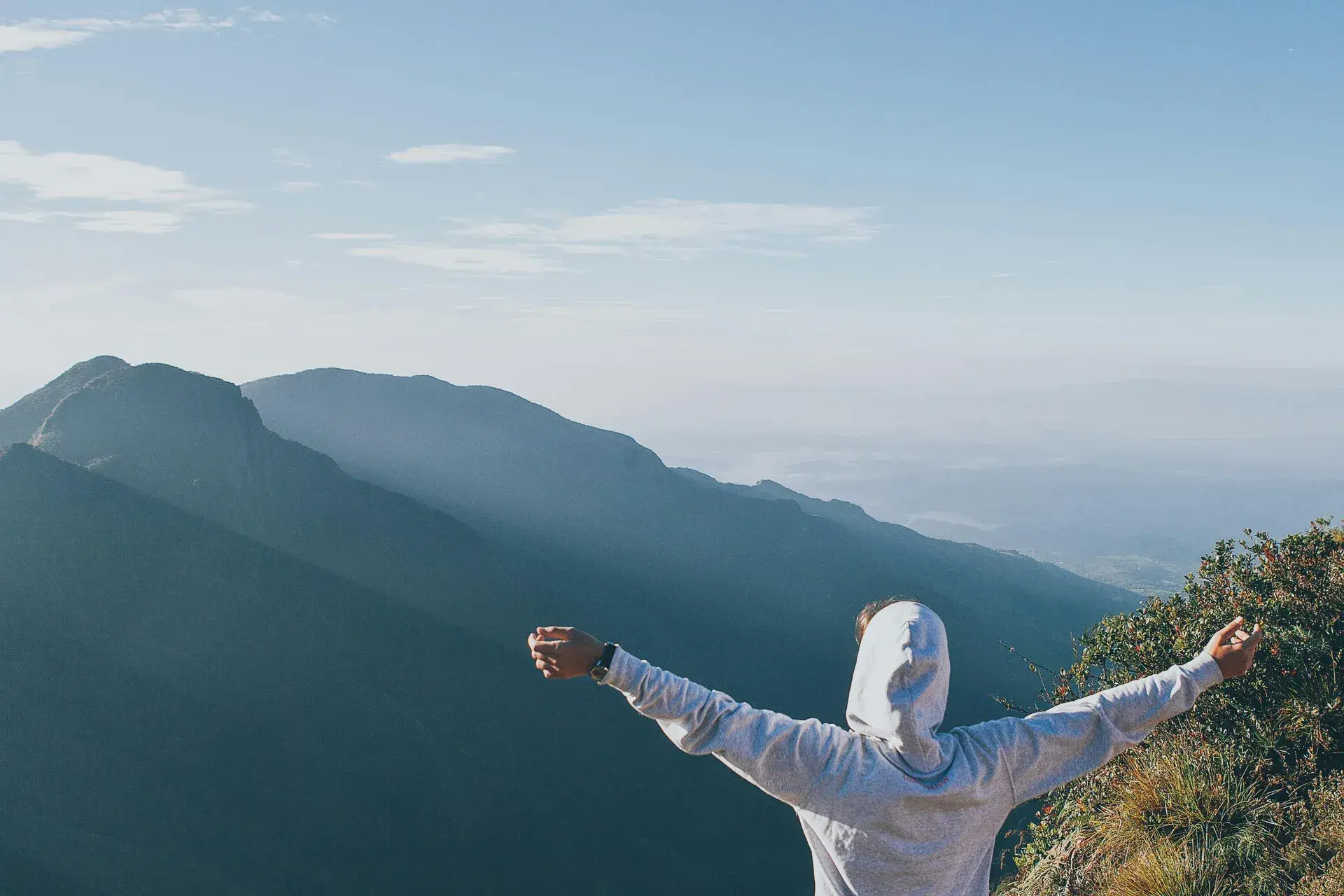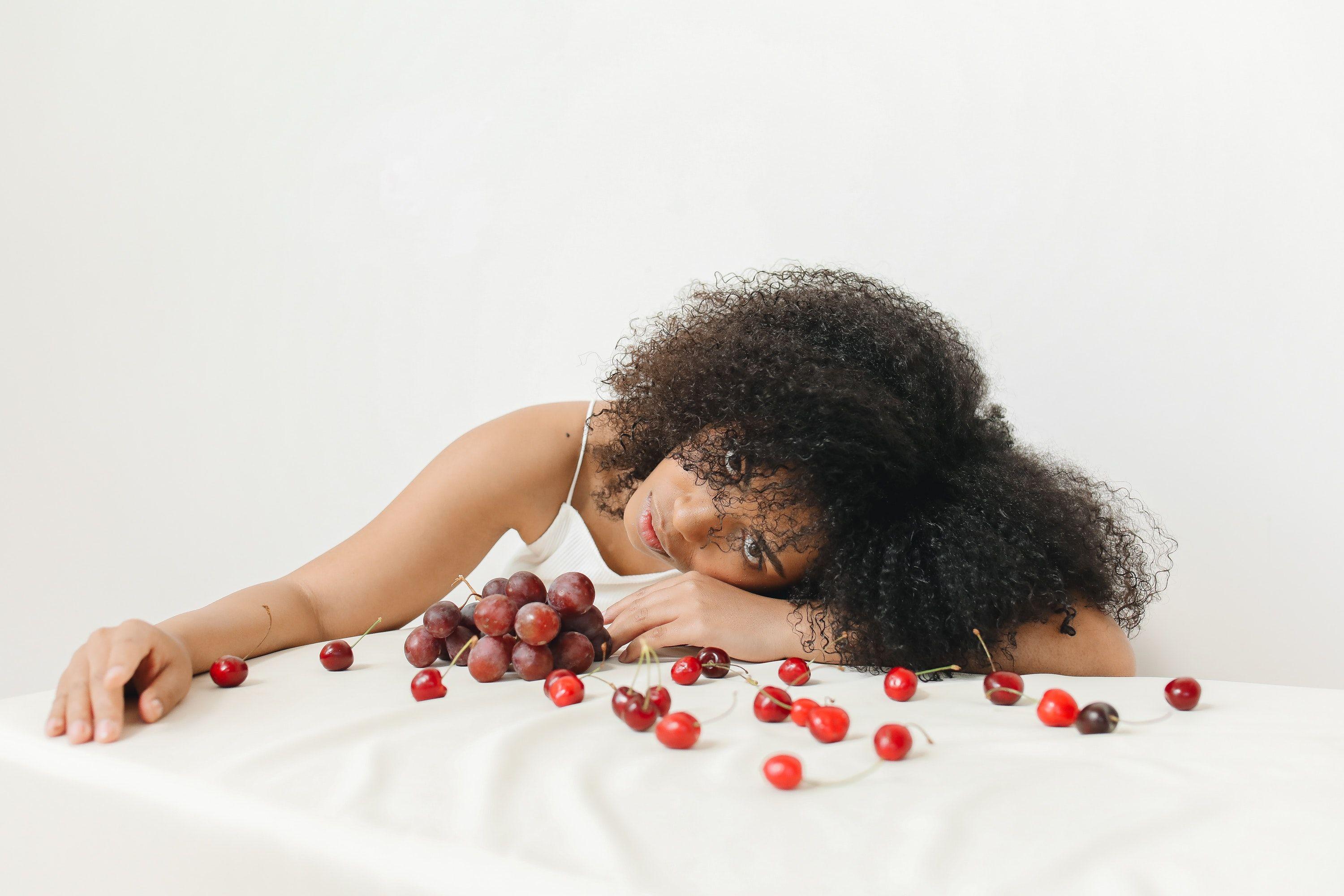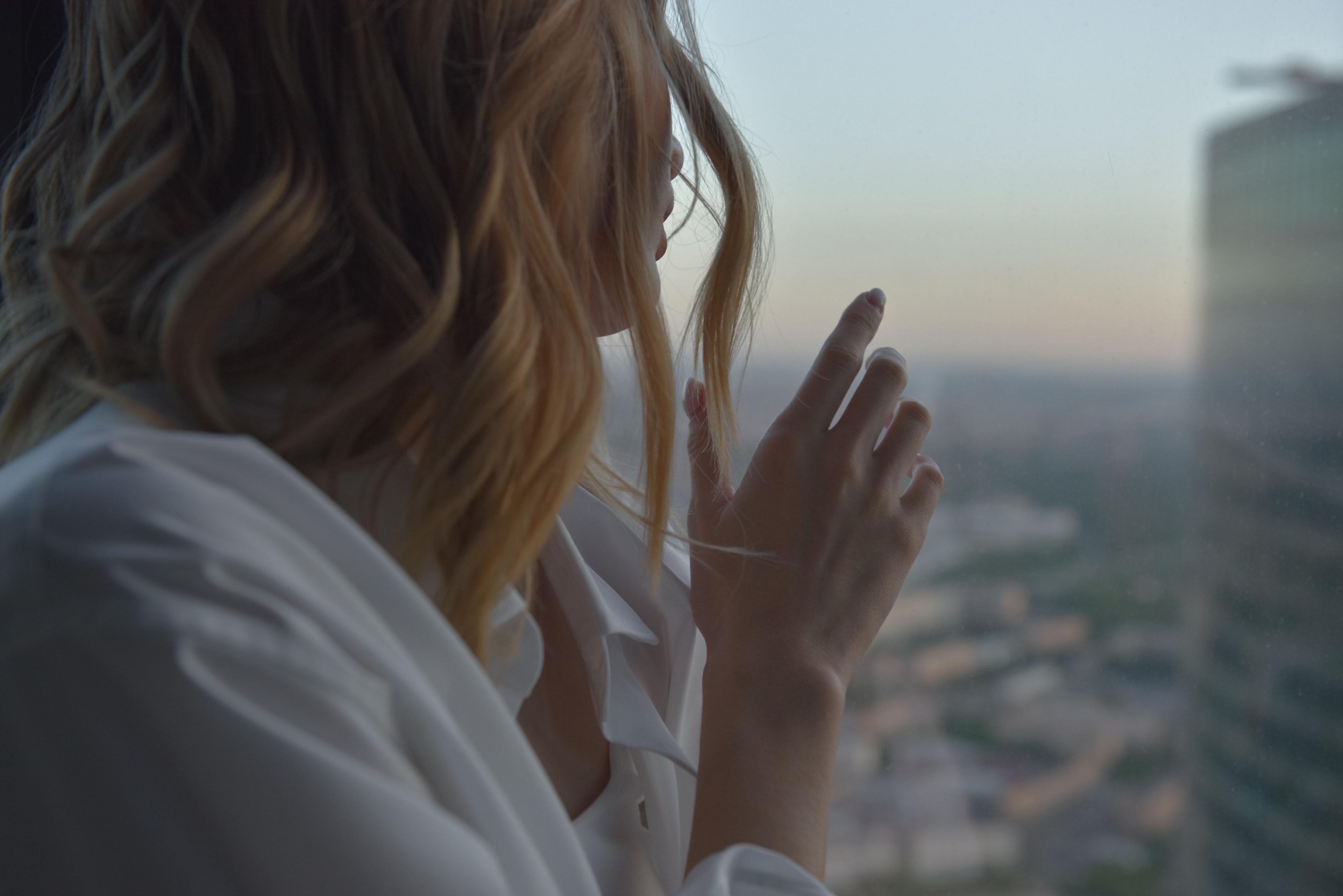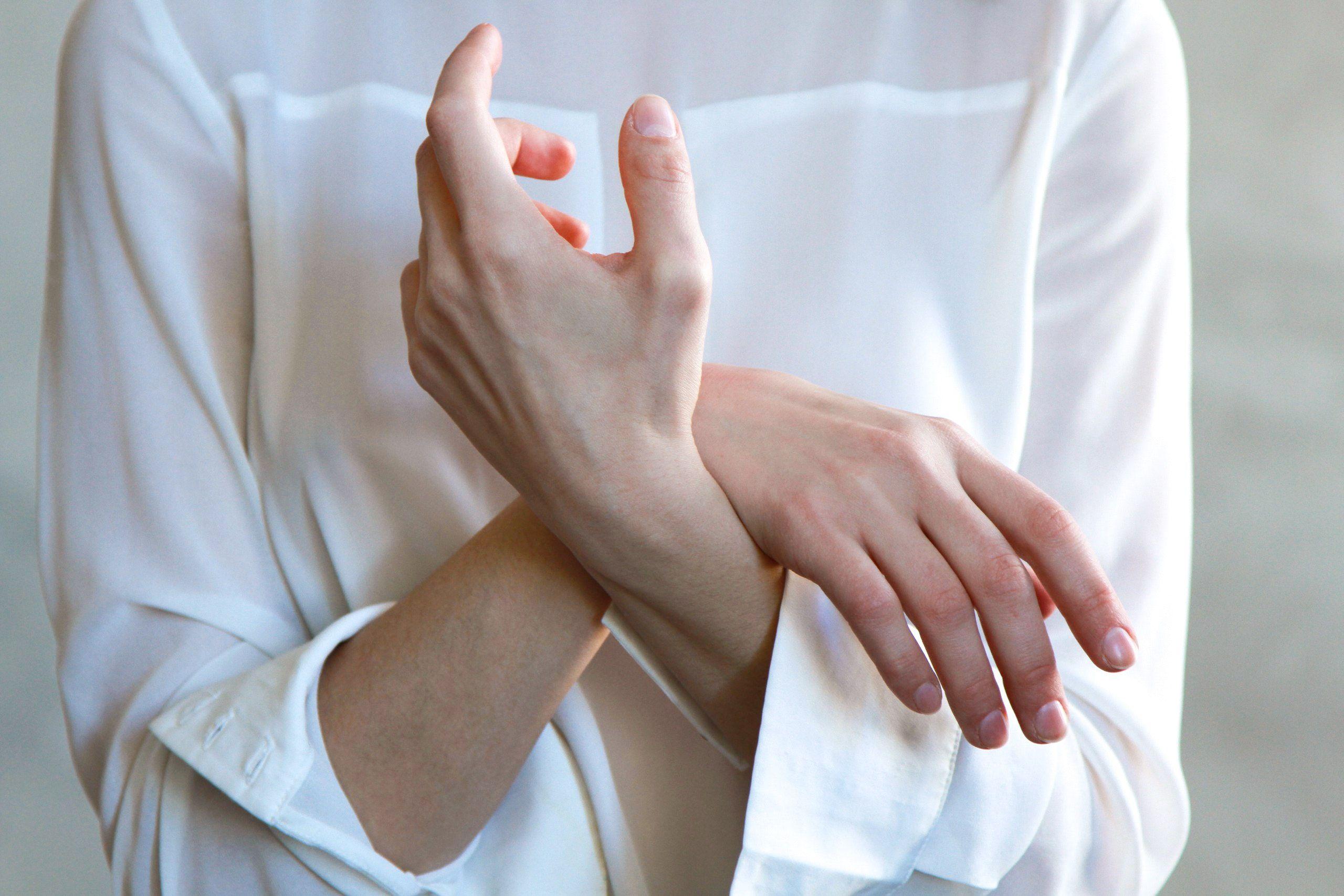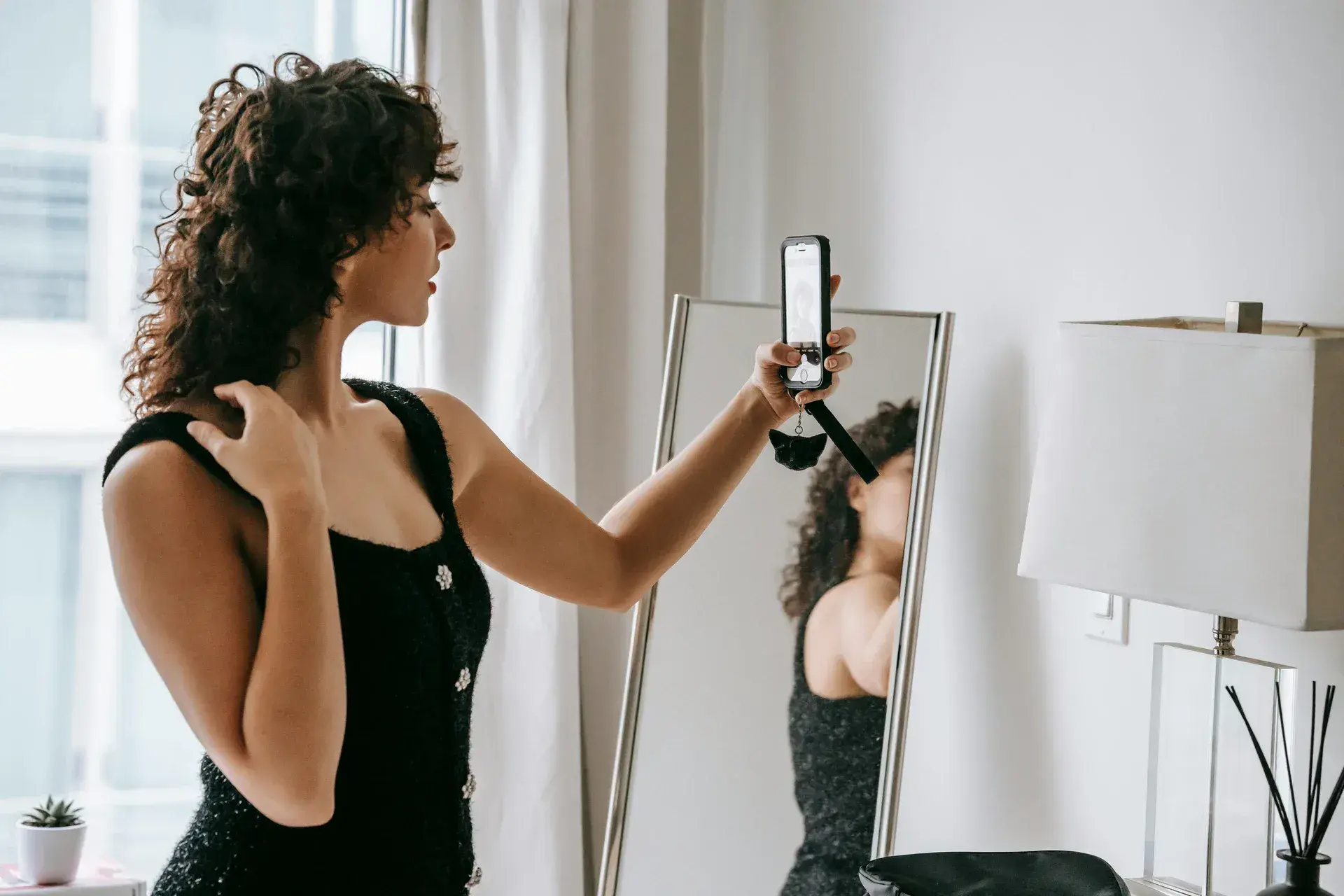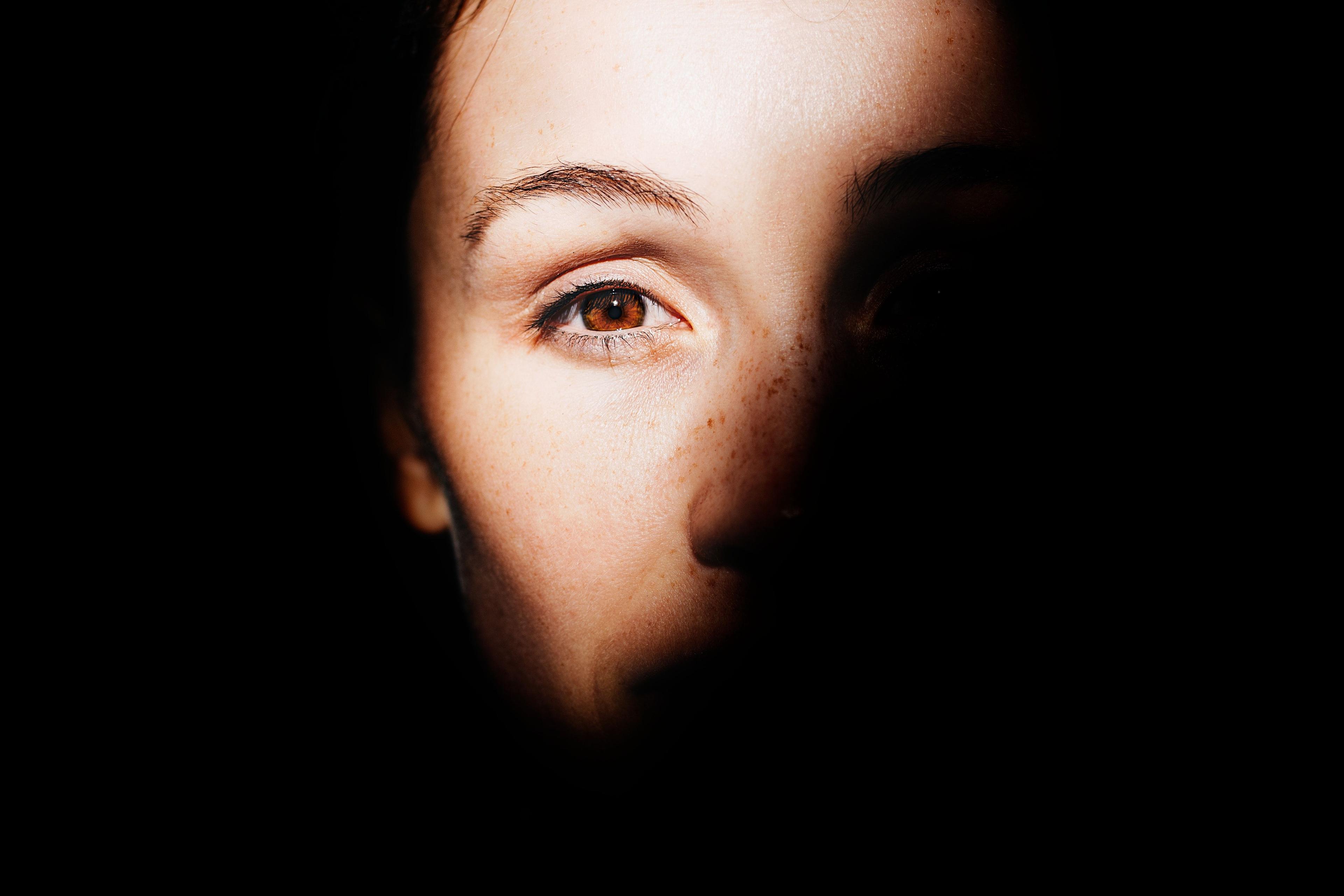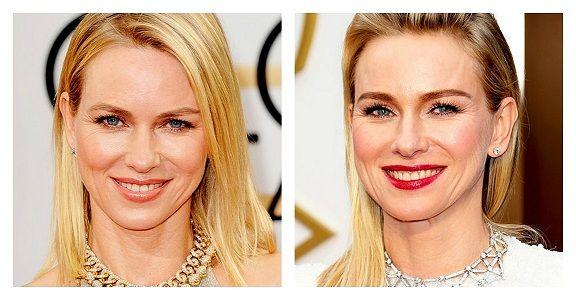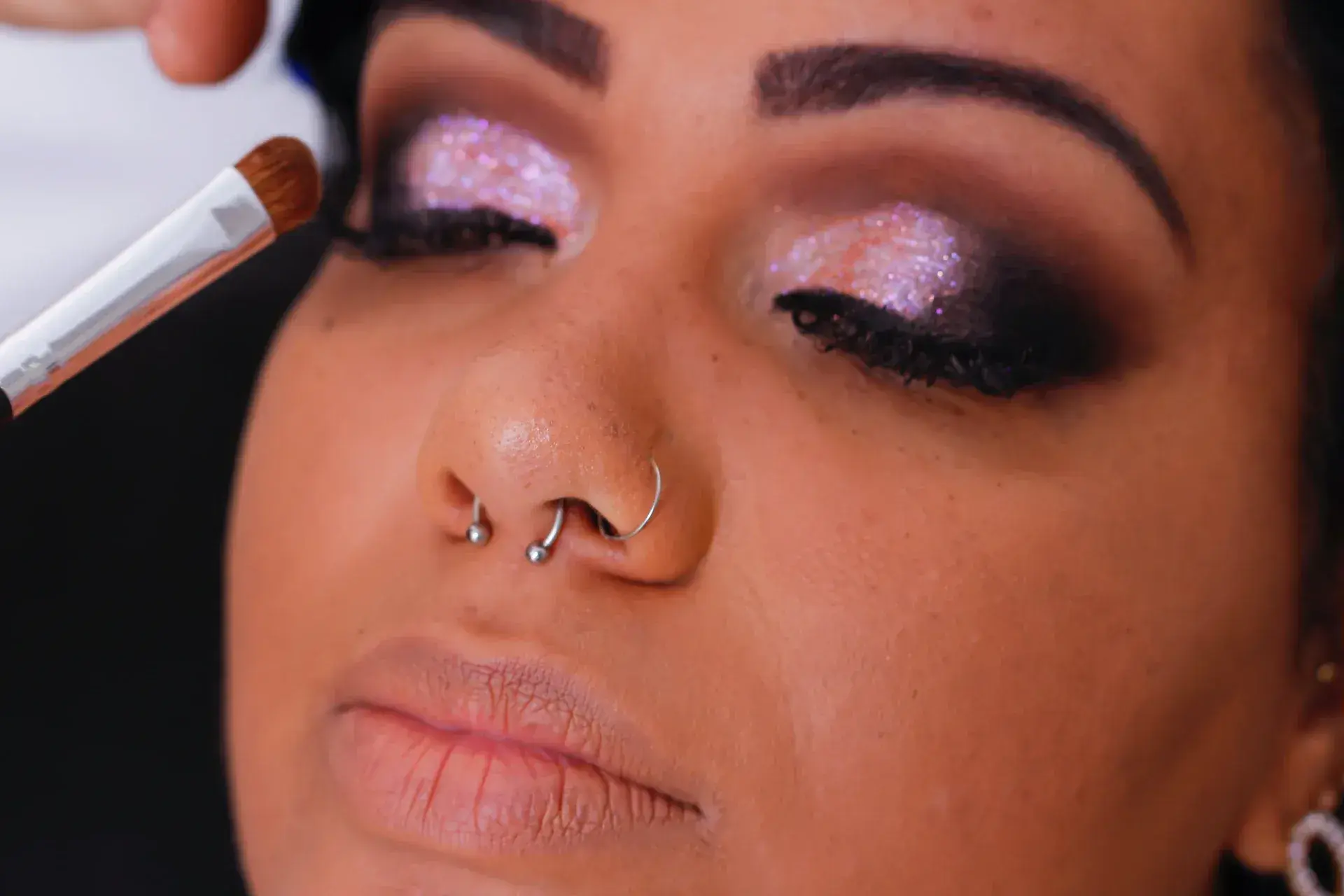The Evolution of Makeup: A Century of Beauty Trends
Makeup has been an integral part of human culture for centuries, evolving alongside societal norms, technological advancements, and cultural influences. From ancient civilizations to the modern era, the history of makeup reflects changing ideals of beauty, self-expression, and identity. In this article, we trace the evolution of makeup over the past century, exploring key trends, innovations, and cultural shifts that have shaped the beauty industry.
The Early 20th Century: The Rise of Glamour
At the turn of the 20th century, makeup was primarily associated with the stage and screen, worn by actresses to enhance their features under harsh stage lighting. In the 1920s, the iconic flapper look emerged, characterized by bold lipstick, smokey eyes, and heavily defined eyebrows. The invention of new cosmetics, such as mascara and compact powder, revolutionized the beauty industry, making makeup more accessible to the masses.
The Golden Age of Hollywood: Iconic Beauty Icons
During the Golden Age of Hollywood in the 1930s and 1940s, makeup became synonymous with glamour and sophistication. Beauty icons like Marilyn Monroe, Audrey Hepburn, and Elizabeth Taylor set trends with their signature looks, from Monroe's red lipstick and winged eyeliner to Hepburn's natural brows and cat-eye flicks. The era saw the rise of iconic beauty brands like Max Factor and Revlon, which became household names synonymous with luxury and elegance.
The Swinging Sixties: Youthful Rebellion
The 1960s brought a revolution in beauty standards, with the emergence of the youthquake movement and the rise of counterculture icons like Twiggy and Brigitte Bardot. The era was characterized by bold, colorful makeup looks, including pastel eyeshadows, graphic eyeliner, and statement lip colors. The popularity of mod fashion and psychedelic aesthetics influenced makeup trends, with emphasis on experimentation and self-expression.
The Disco Era: Glitter and Glamour
The 1970s ushered in the era of disco glamour, with makeup trends reflecting the hedonistic spirit of the times. Glittery eyeshadows, metallic lipsticks, and bronzed complexions were the hallmarks of the disco era, epitomized by style icons like Cher and Bianca Jagger. The popularity of disco music and nightlife culture fueled a demand for bold, attention-grabbing makeup looks that exuded confidence and glamour.
The Minimalist Nineties: Grunge and Natural Beauty
In contrast to the excesses of the 1980s, the 1990s witnessed a shift towards minimalist beauty and understated elegance. The rise of grunge music and alternative fashion influenced makeup trends, with emphasis on natural-looking skin, matte lipstick, and undone hair. Supermodels like Kate Moss epitomized the "heroin chic" aesthetic, embracing a pared-down approach to beauty that celebrated individuality and authenticity.
The Digital Age: Beauty in the Digital Era
In the 21st century, the rise of social media and digital technology has transformed the beauty industry, democratizing makeup trends and empowering individuals to express themselves online. Influencers and beauty bloggers have become influential tastemakers, driving trends like contouring, highlighting, and bold brows. The rise of inclusive beauty brands and diversity in advertising has challenged traditional beauty standards, promoting inclusivity and self-acceptance.
The evolution of makeup over the past century reflects changing ideals of beauty, self-expression, and identity. From the glamour of Old Hollywood to the rebellion of the Swinging Sixties and the minimalism of the Nineties, makeup trends have mirrored societal shifts and cultural movements. In the digital age, makeup continues to evolve, embracing diversity, inclusivity, and individuality. As we look back on a century of beauty trends, one thing remains clear: makeup will always be a powerful form of self-expression and creativity, reflecting the ever-changing landscape of human culture and society.
